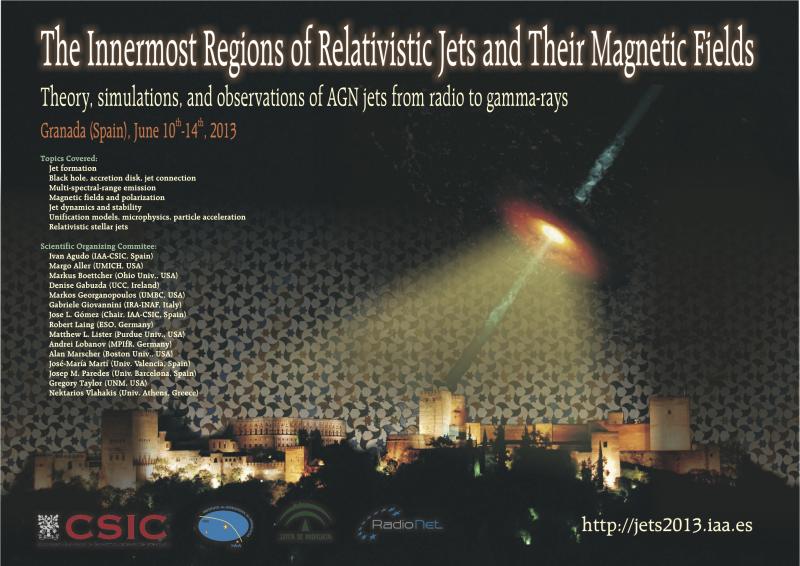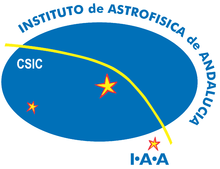The Innermost Regions of Relativistic Jets and Their Magnetic Fields. Granada (Spain). June 10th-14th, 2013.
Meier, David
The Role of Magnetic Fields in the Production and Propagation of Relativistic Jets.
I will review the current understanding of how relativistic jets behave from the point where they are initially launched near the accretion inflow (or black hole) until they are disconnected causally from the central engine and on their way toward creating the extended jet and lobes. There are strong observational and theoretical reasons for believing that many, if not most, jets undergo a very strong (and possibly predictable) constriction of the flow shortly after they become causally disconnected from the acceleration and collimation region. Depending on conditions in this constriction (the exact mechanisms of which are still are poorly understood), the properties of the jet downstream of this feature could be either Poynting-flux-dominated (PFD) or kinetic-flux-dominated (KFD). I suggest that the properties of both compact (VLBI) and extended jets and their lobes should be interpreted in terms of the strength and physical structure of the local jet magnetic field. This paradigm shift could lead to a greater understanding of the role that magnetic fields play, not only in the formation of relativistic jets, but also in the production of portions of the Fanaroff and Riley morphological sequence.




